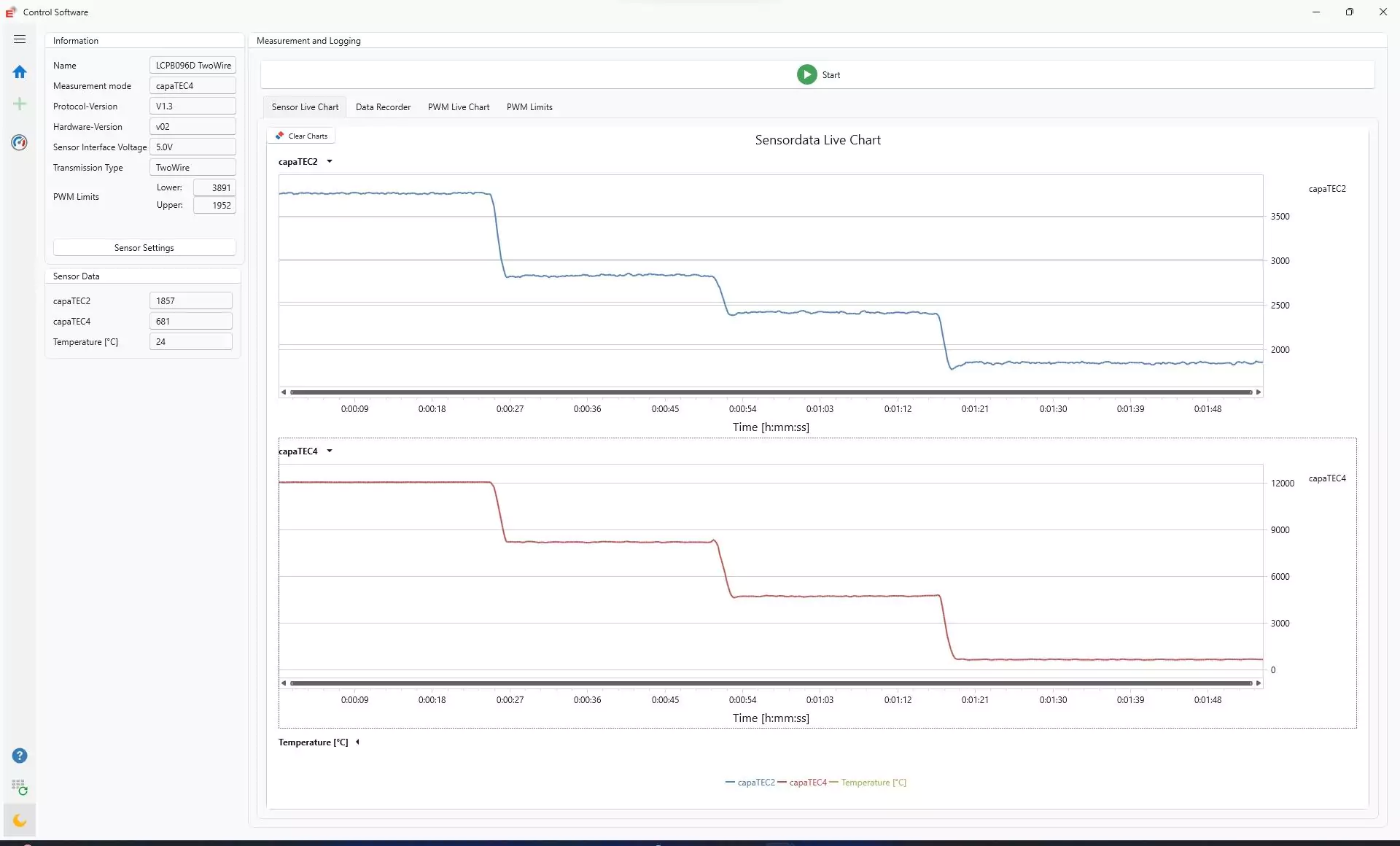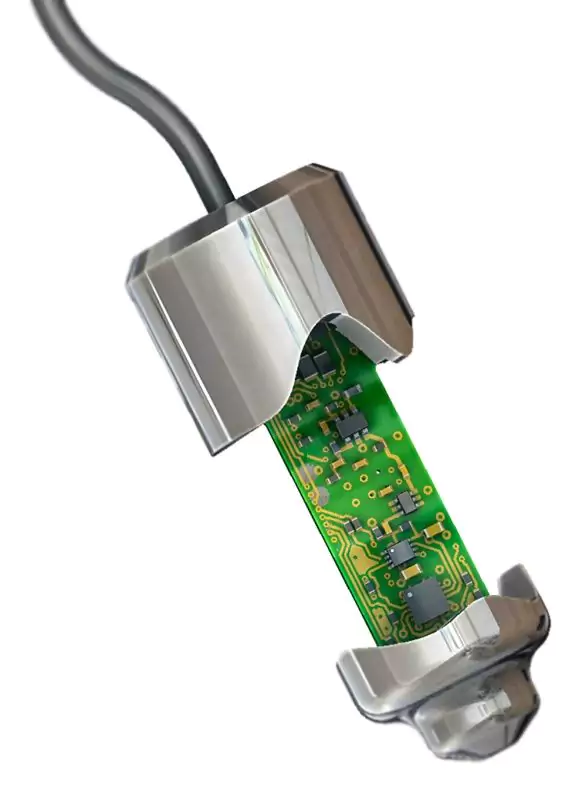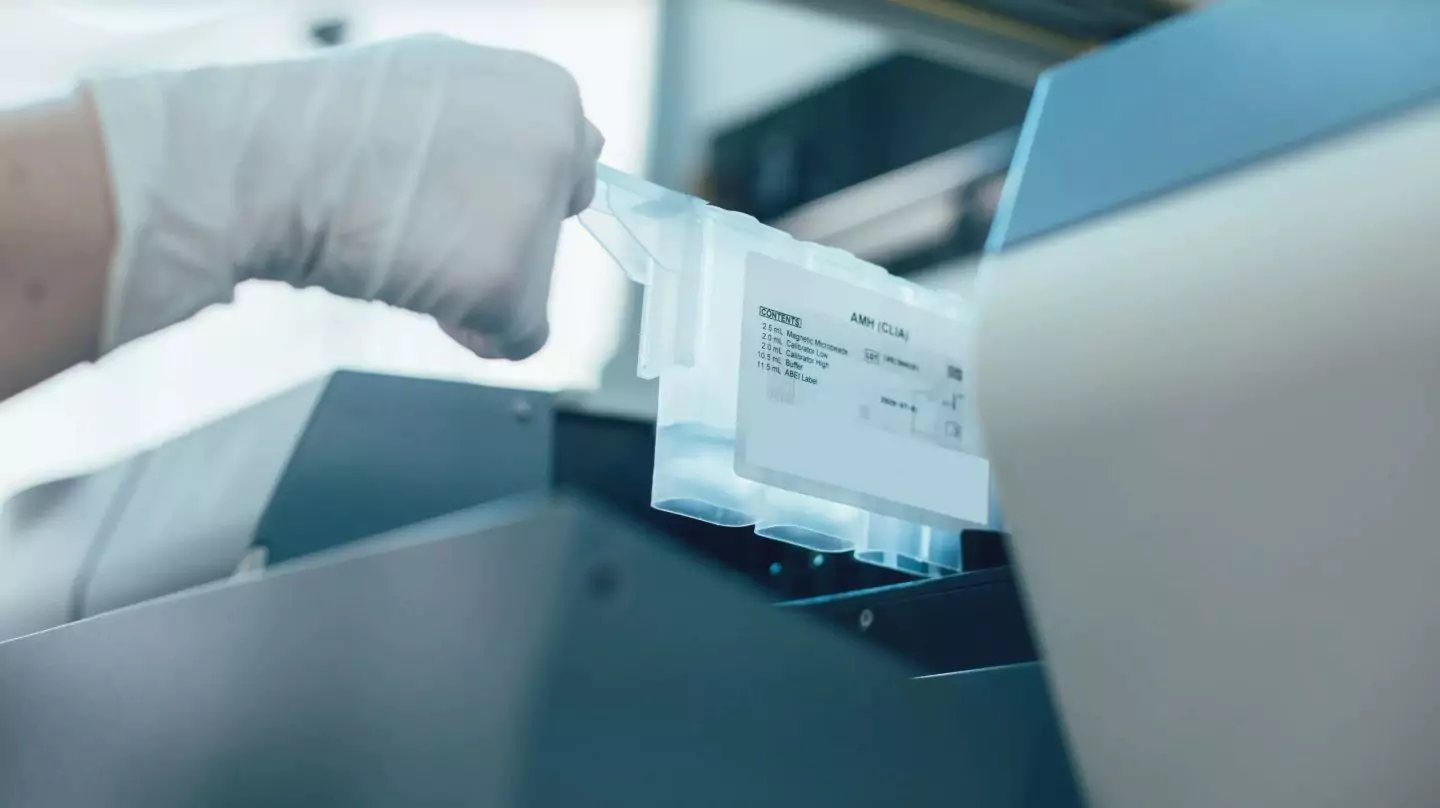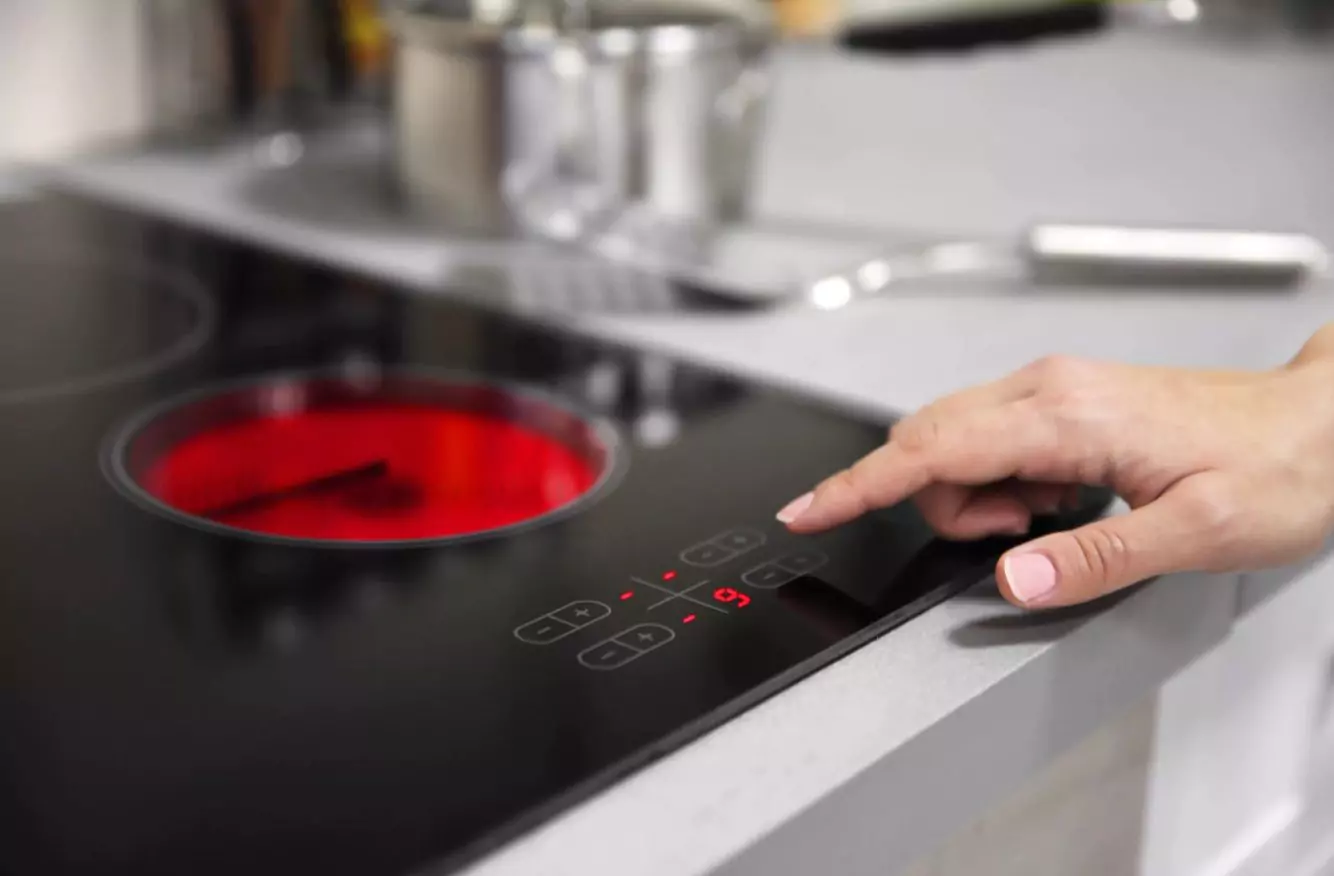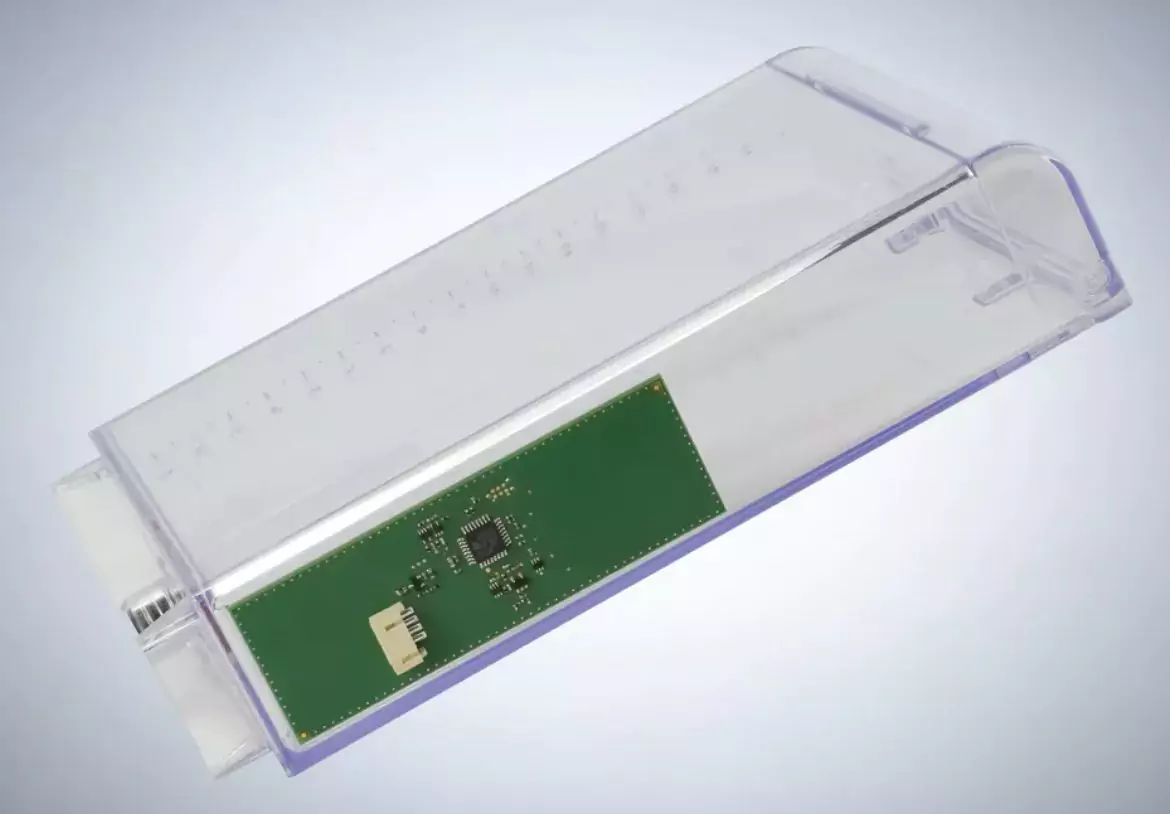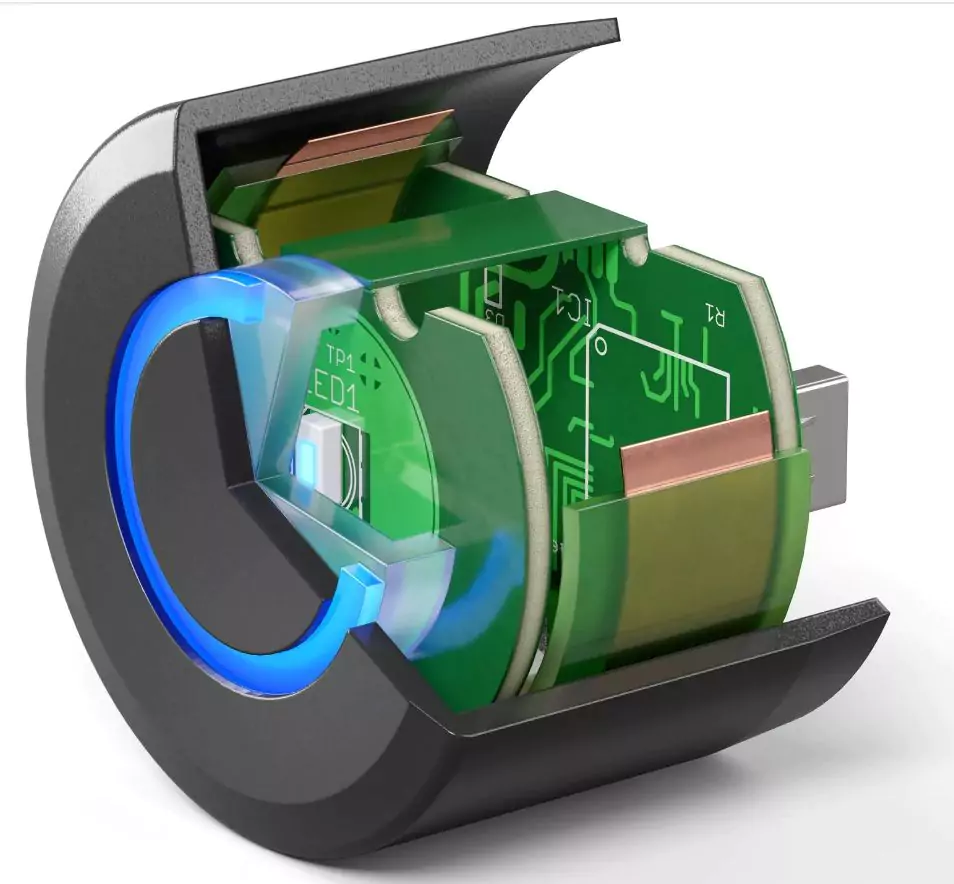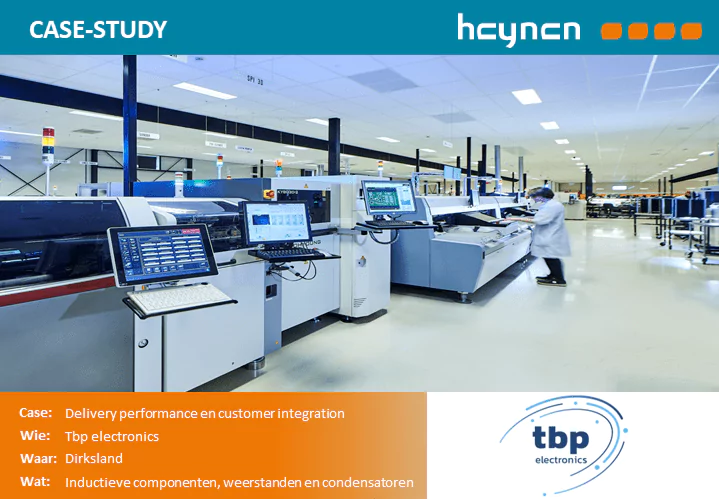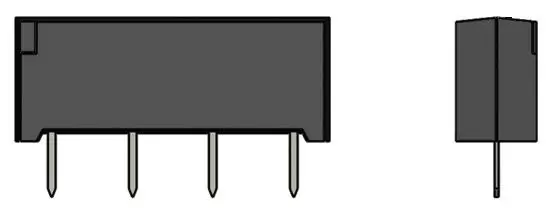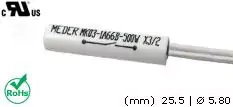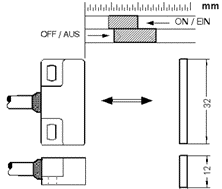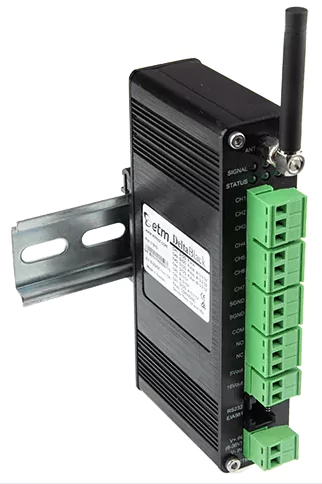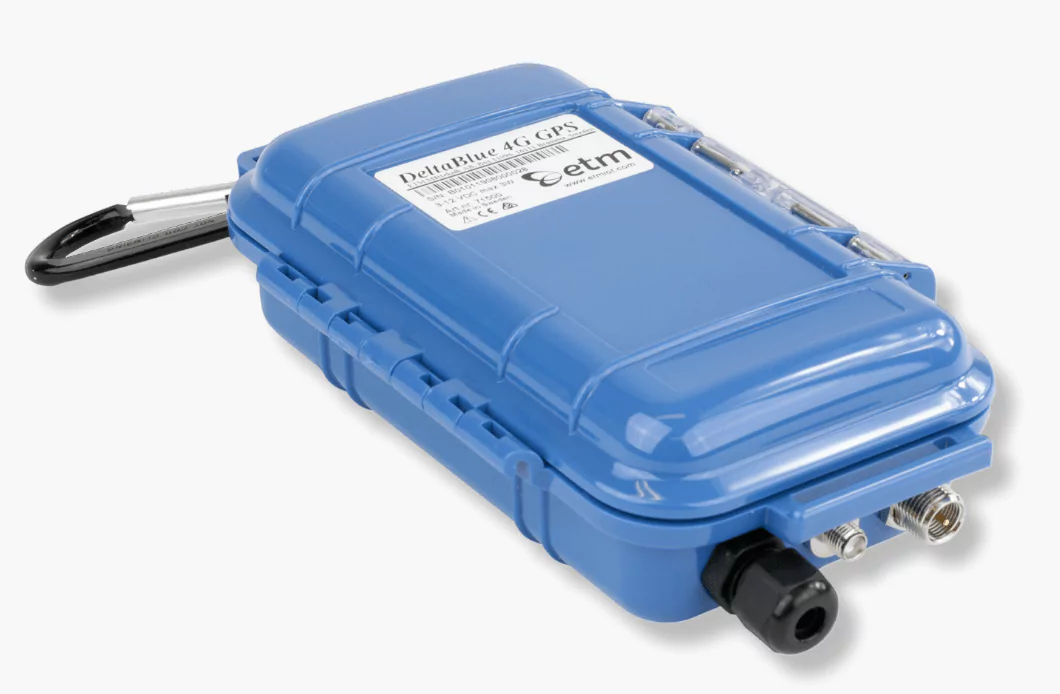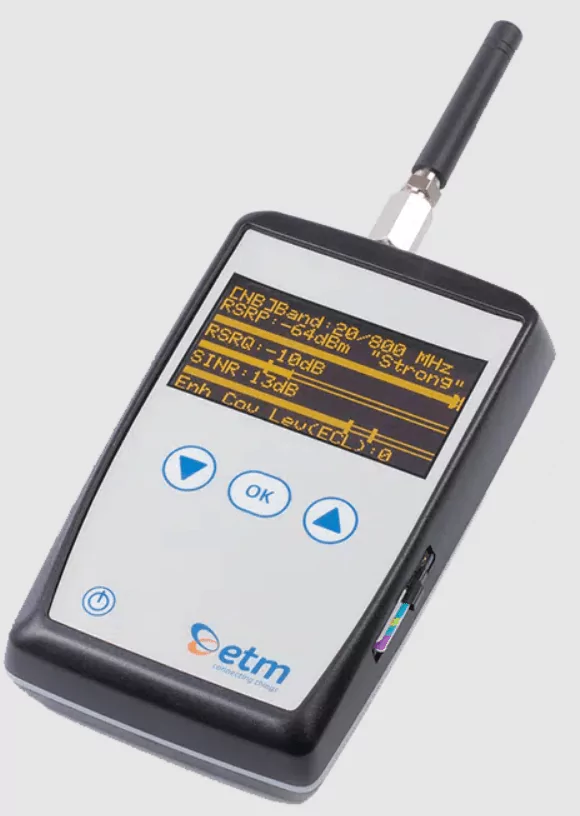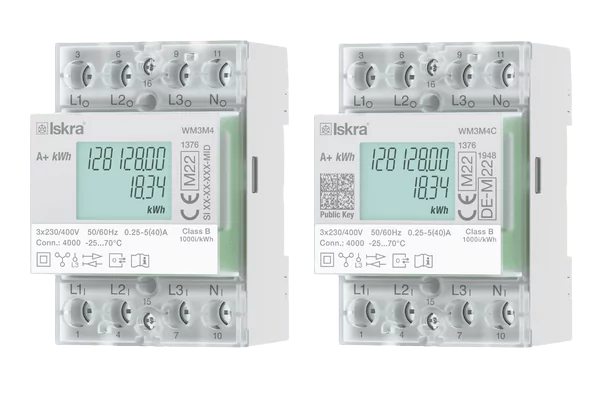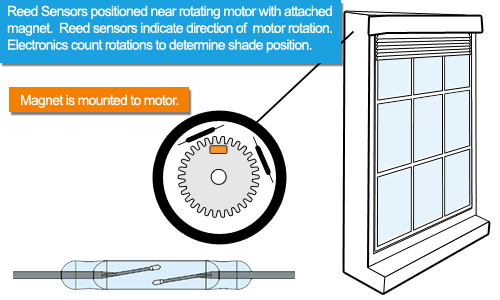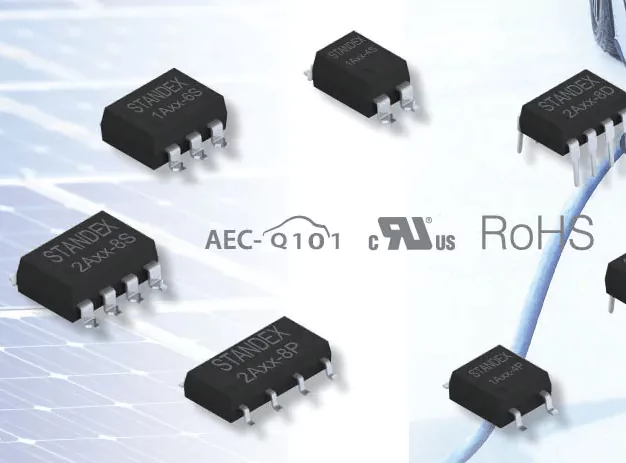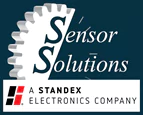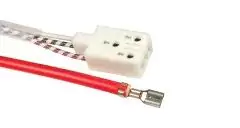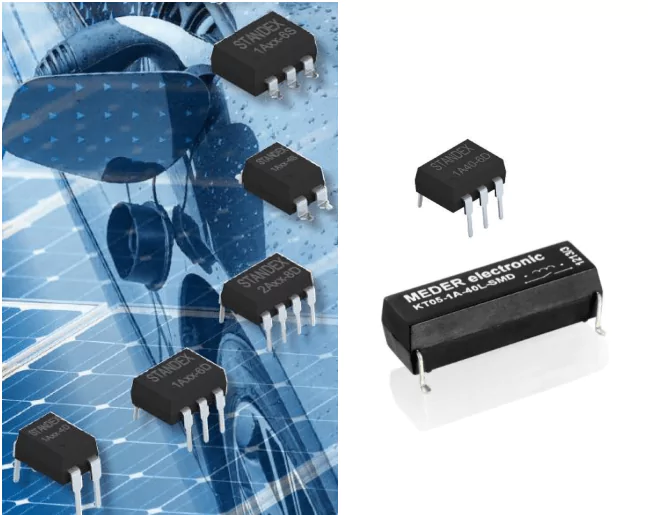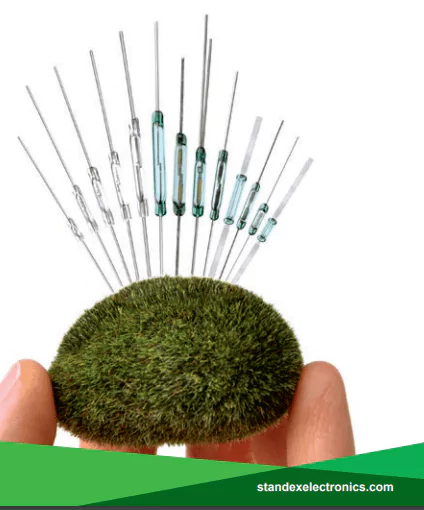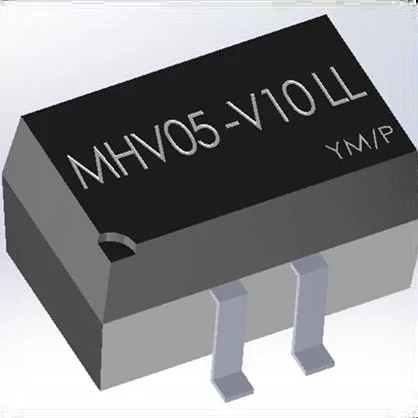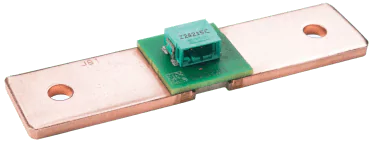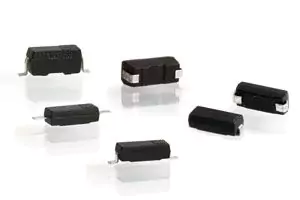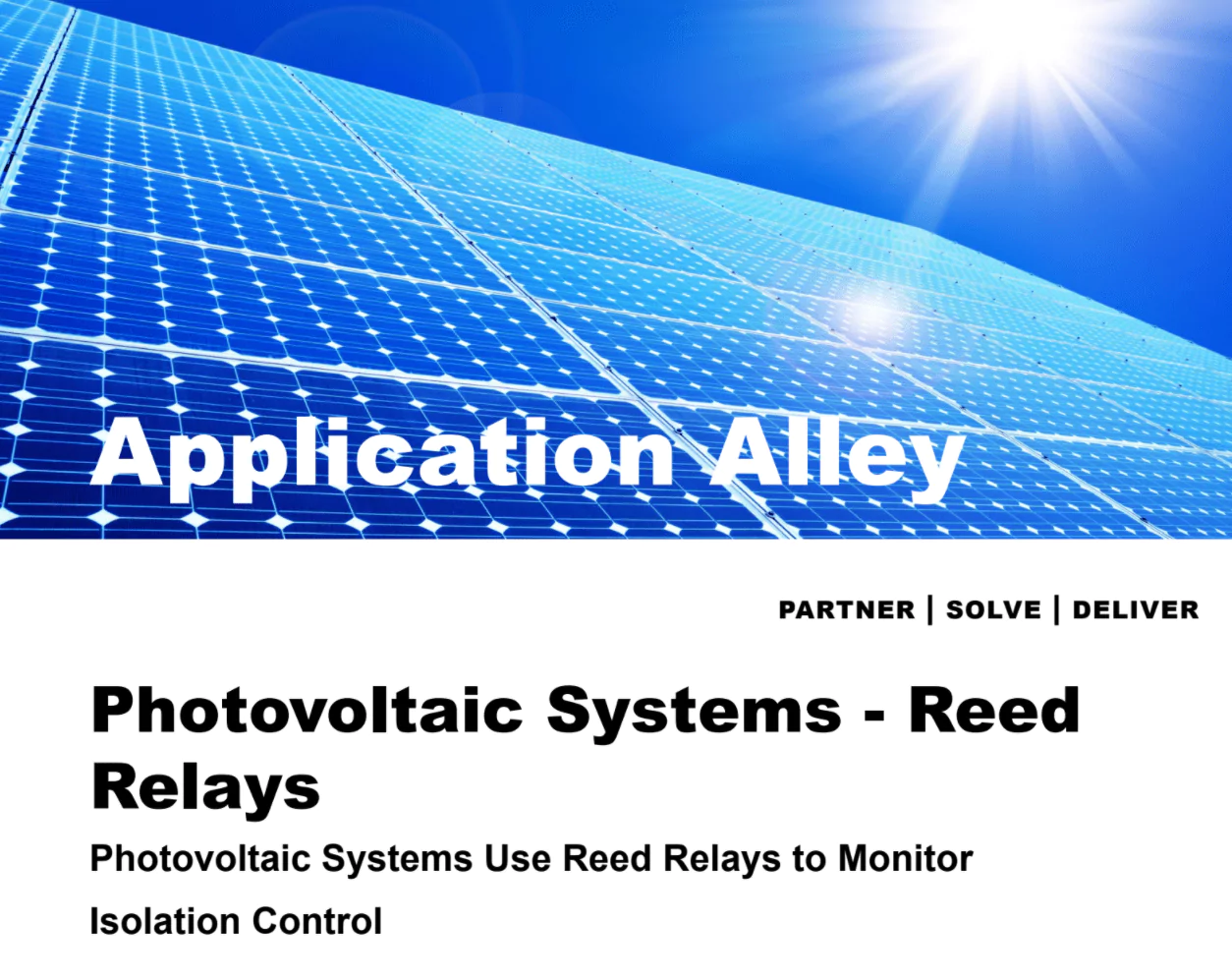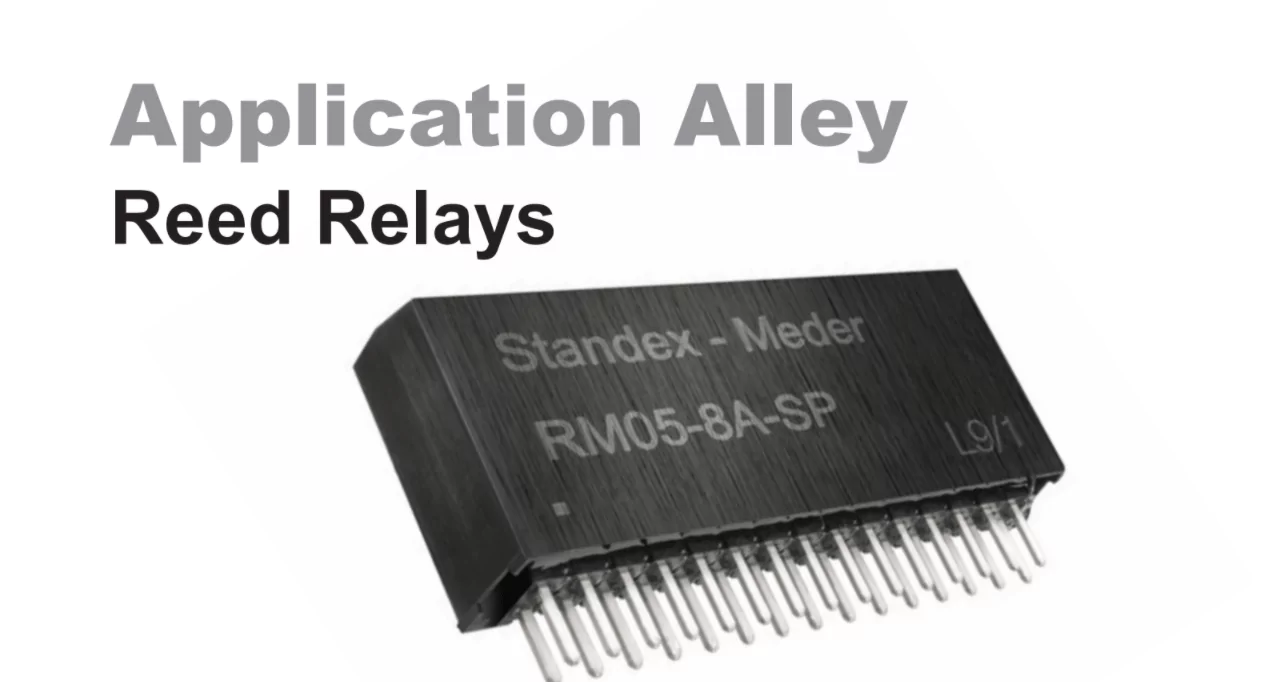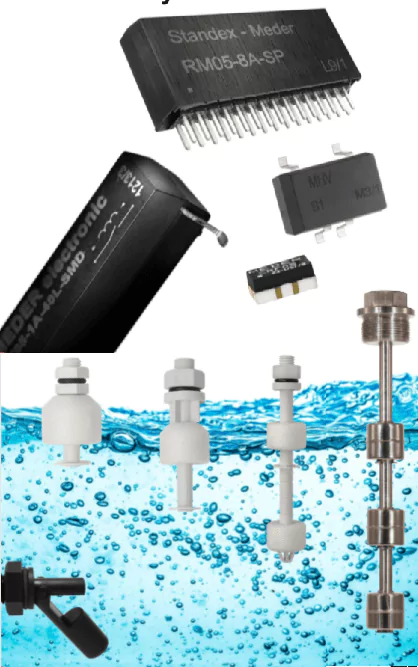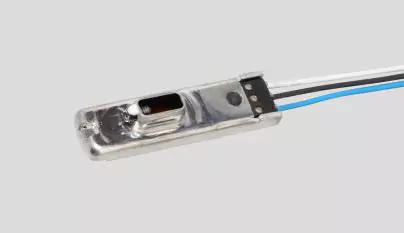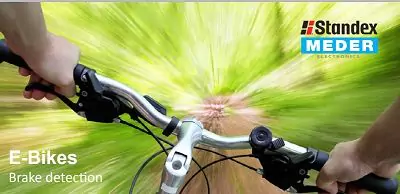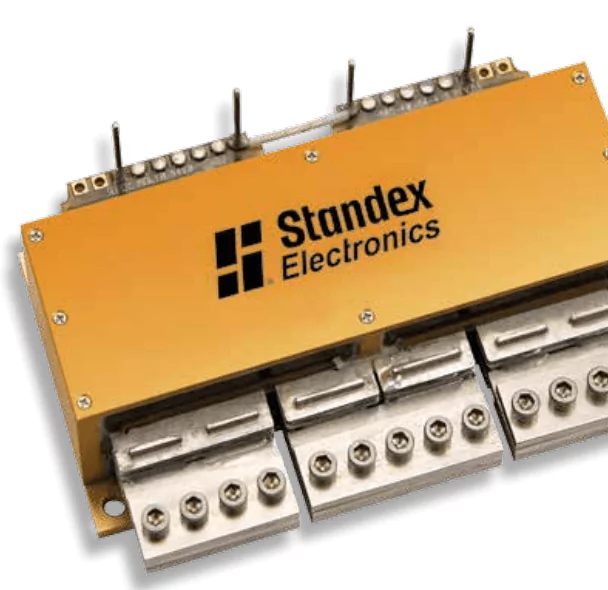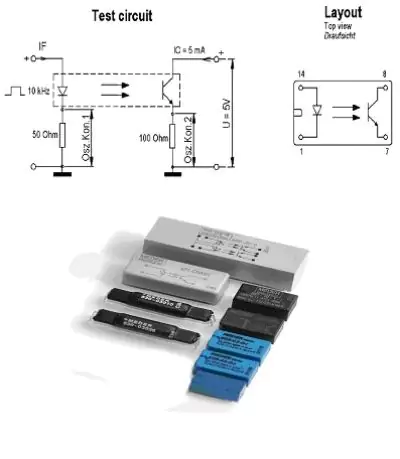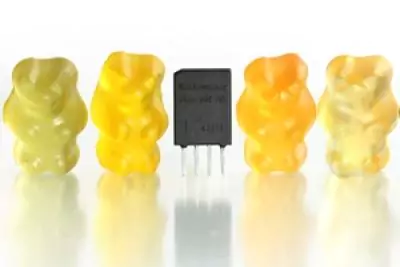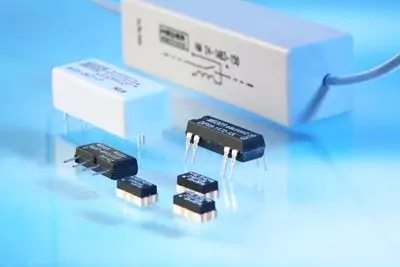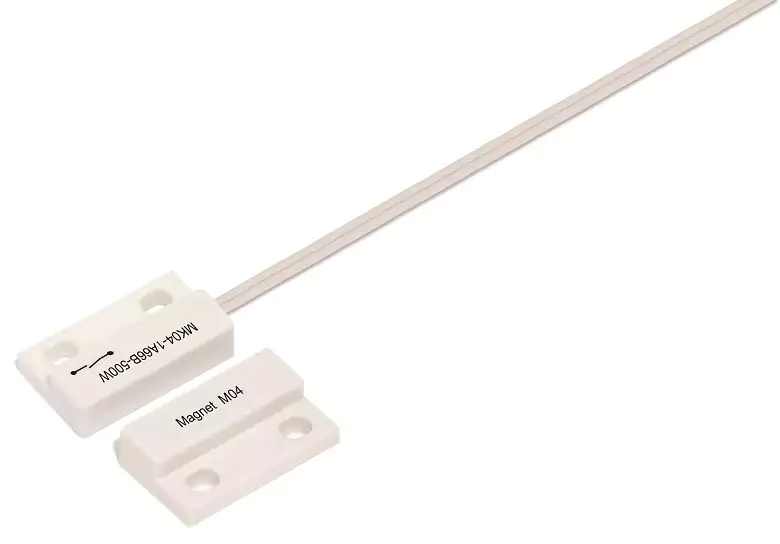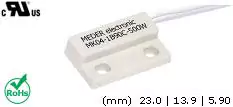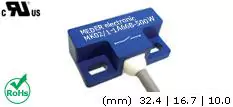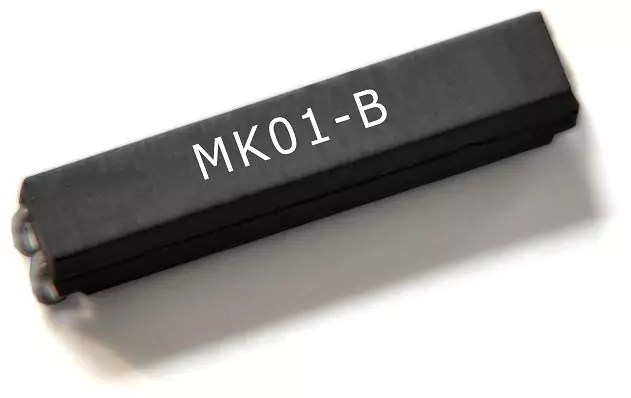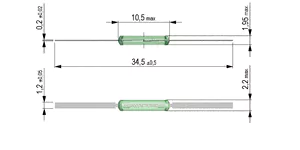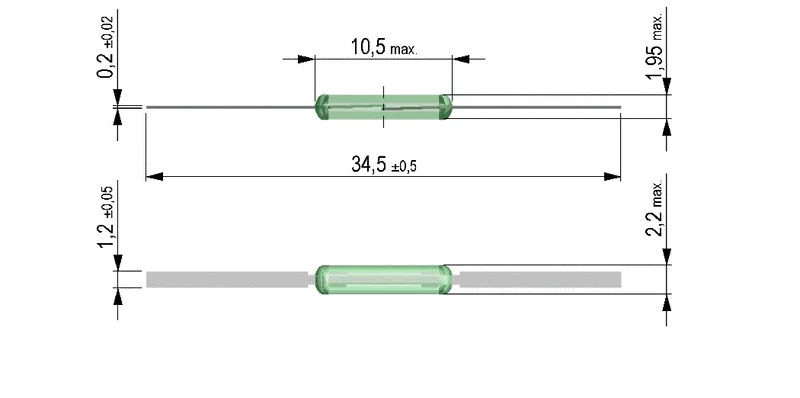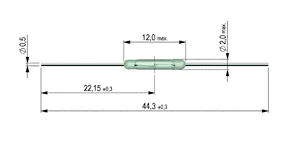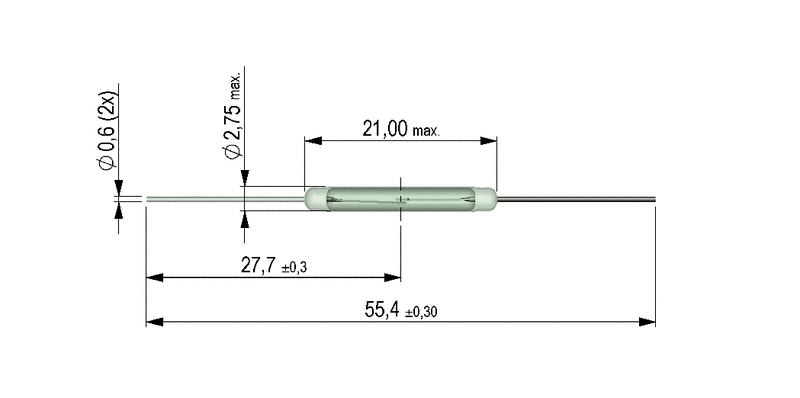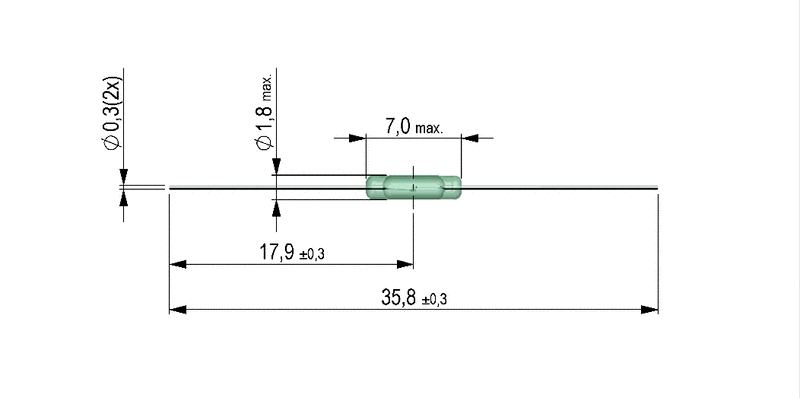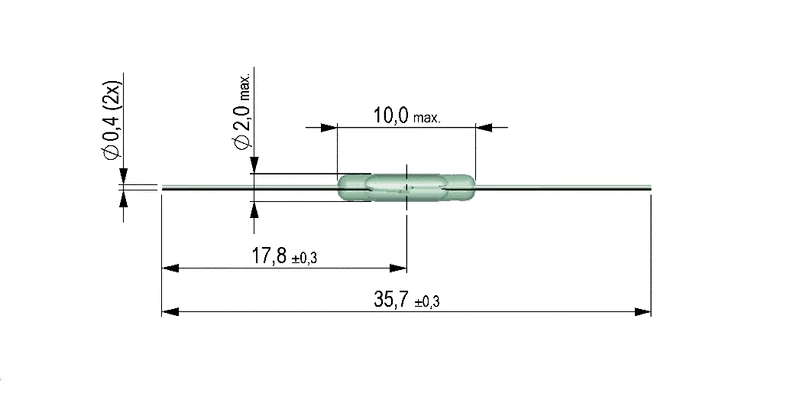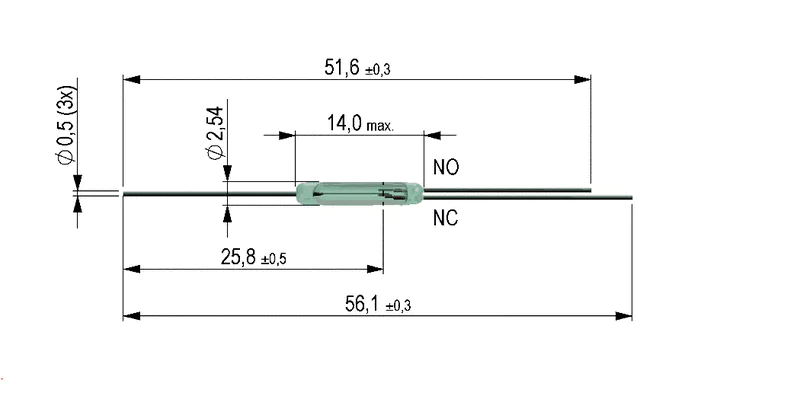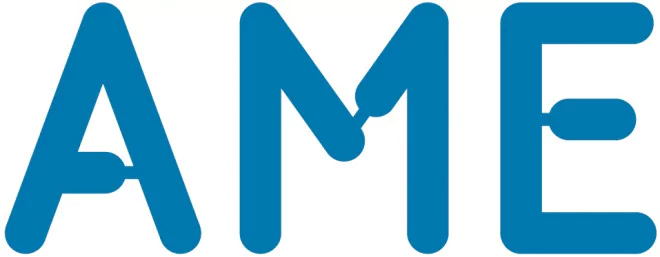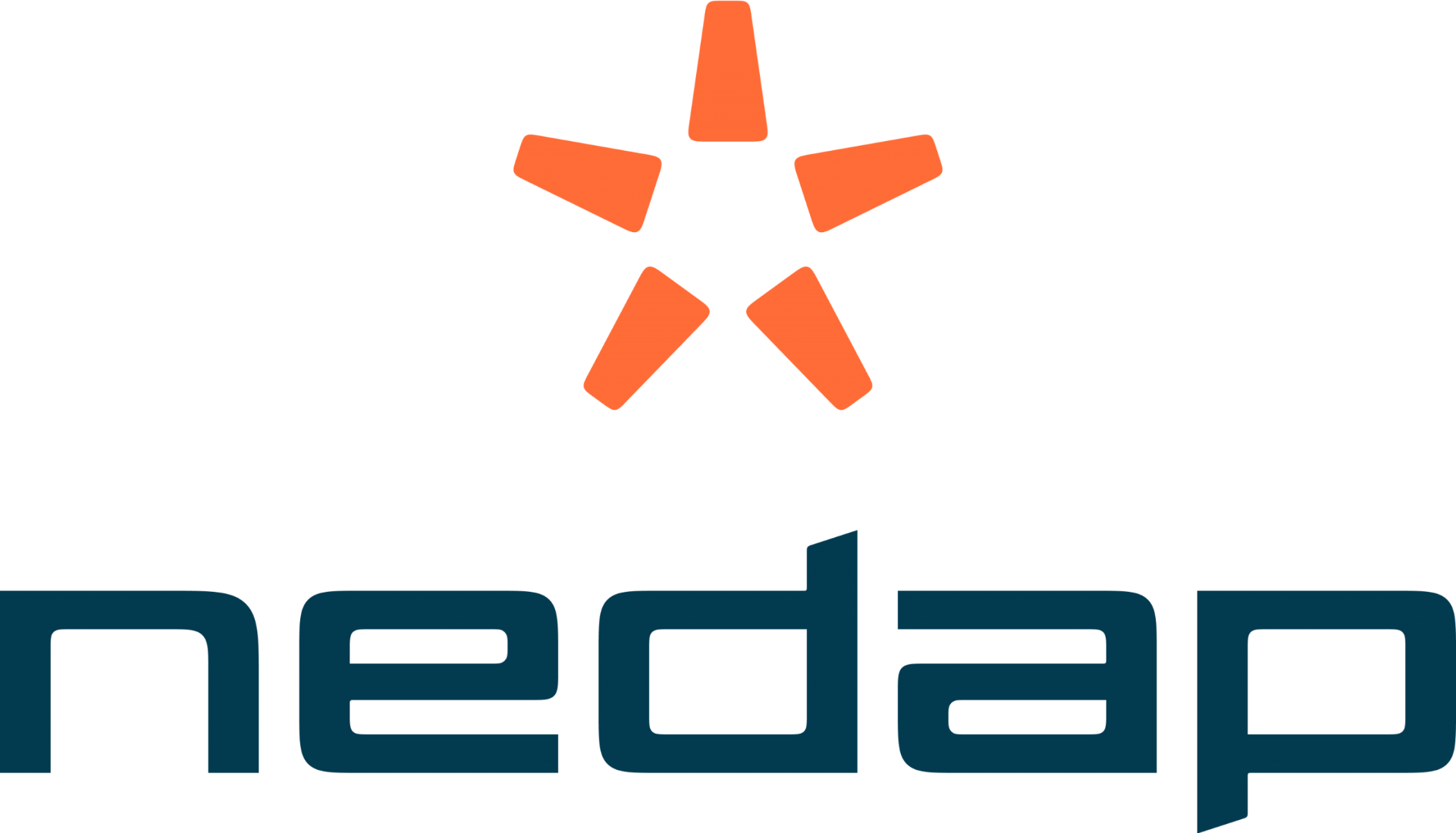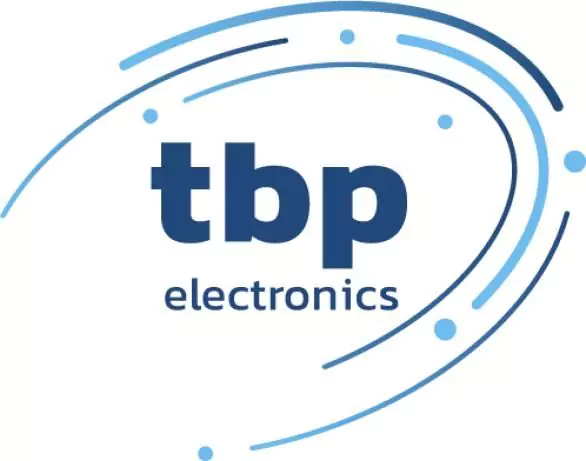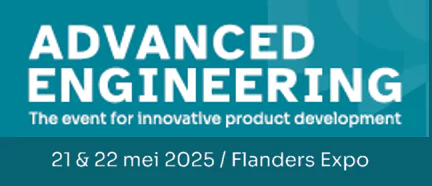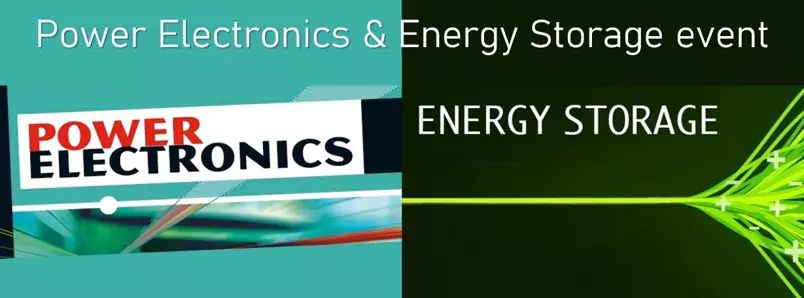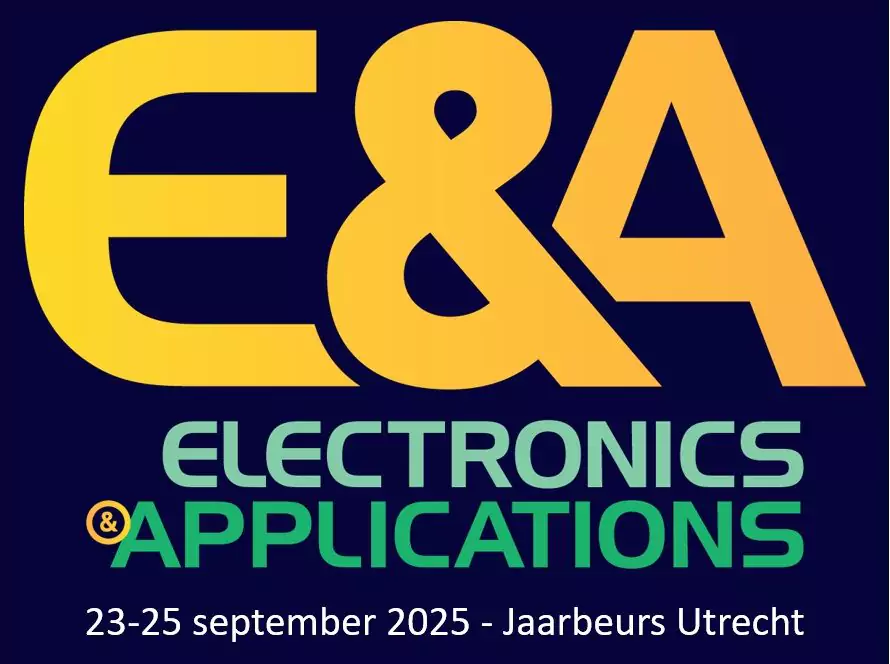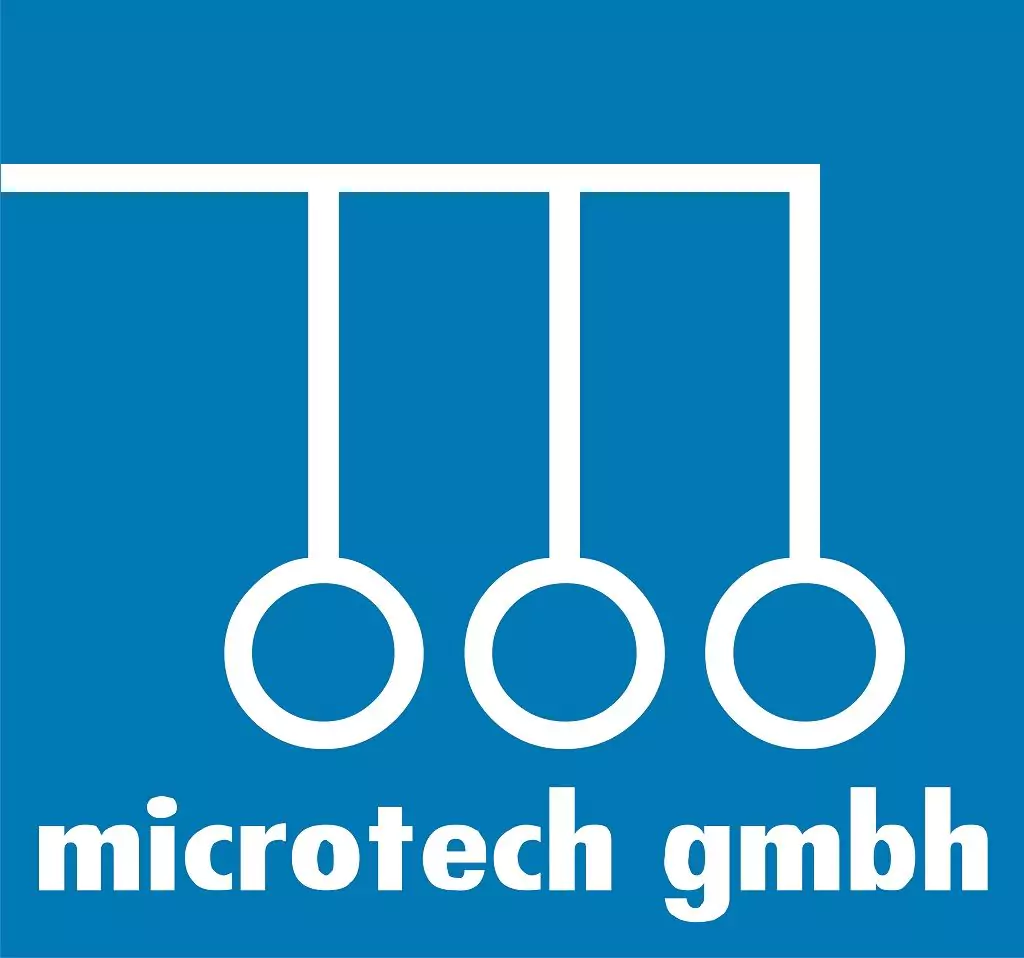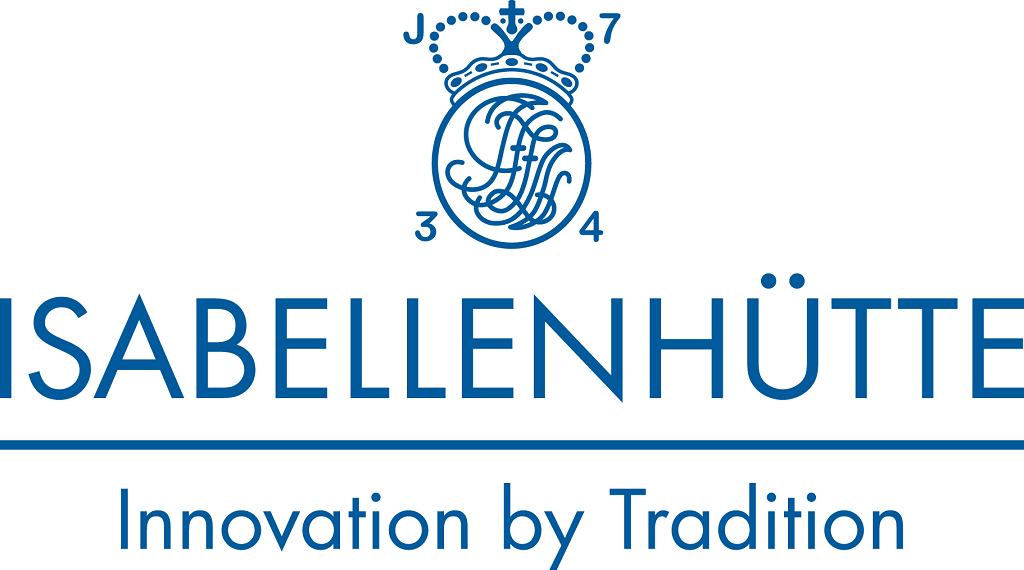QCRB001
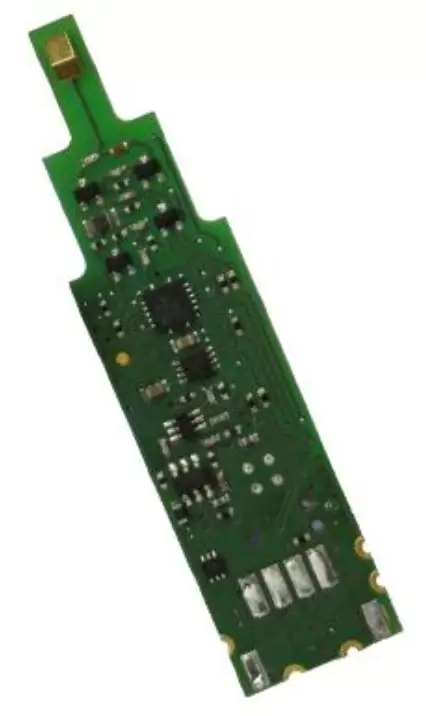
The QCRB001D standard electronics is designed to allow easy integration in OEM and various industry measurement devices. I2C and other outputs allow for easy communication due to its simplicity and flexibility. The slim design caters to various OEM housing needs, fitting into compact spaces. EBE’s corTEC® measurement technology can detect a vast range of materials like powders, solids, oils, water based liquids, and high viscosity substances even with the lowest dielectric constants of εr < 2. The advanced electronics perform automatic calibration during operation, ensuring precise and efficient functionality over long periods of time. The QCRB001D electronics are REACH/RoHS compliant (EU). For UL compliance please contact EBE.
Features
- Fluid quality & fluid property measurement by EBE’s patented corTEC® sensor technology
- Allow measurement of capacitive and conductive values
- Suitable for special hygienic, rugged or miniature enclosures
- Excellent sensitivity and repeatability even with media of the lowest dielectric constants (even < 2)
- corTEC® sensors offer periodic autocalibration during operation and are immune to almost any interference and artifacts
- Easy communication with I2C, various option on request
Custom Features includes:
- High electromagnetic compatibility for different industries
- Indication of different states through multi-colour LED’s
- Switching point adjustment / teaching capabilities
| DIMENSION | see outline drawing |
|---|---|
| MEASUREMENT TYPE | corTEC® |
| CAPACITIVE RANGE | 0.1 – 80 pF |
| RESOLUTION CAPACITIVE OUTPUT2 | typ.<0.1 pF |
| CONDUCTANCE / CONDUCTIVITY RANGE2 | 0,04 – 100 mS / typ. 0,1 – 200 mS/cm |
| RESOLUTION CONDUCTANCE OUTPUT2 | typ. 0,1 mS |
| ELECTRICAL CONNECTION | soldering pads |
| POWER SUPPLY | 5 VDC, 40 mA max. |
| OUTPUT | I2C (switching outputs, IO-Link etc. on request) |
| OPERATING TEMPERATURE RANGE | -25 °C to +85 °C (extended range on request) |
| STORAGE TEMPERATURE | -40 °C to +85 °C |
| HUMIDITY | 0- 95% r.H., non-condensing |
2 Conductivity range (mS/cm) as well as resolution and accuracy of both outputs is influenced by customer housing and application. Conductance/conductivity measures are increasingly inaccurate when getting close to range limits. Sensor directly measures capacitance and resistance with output in digits.



